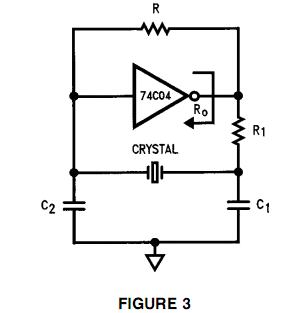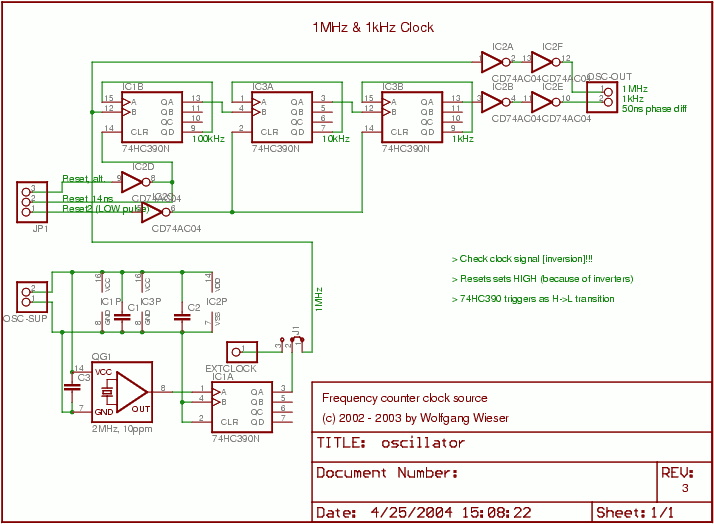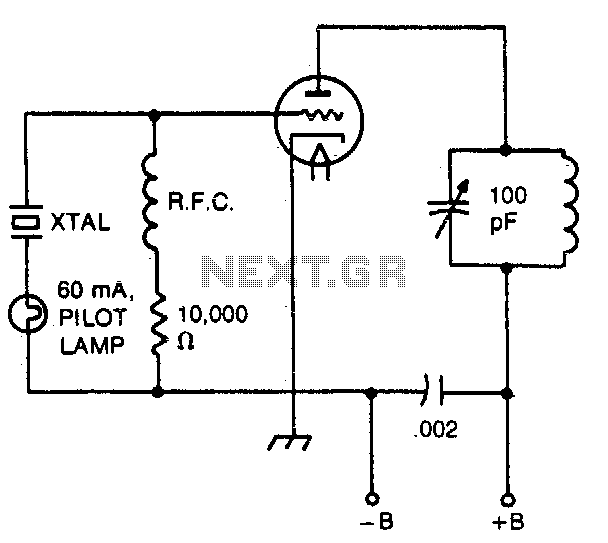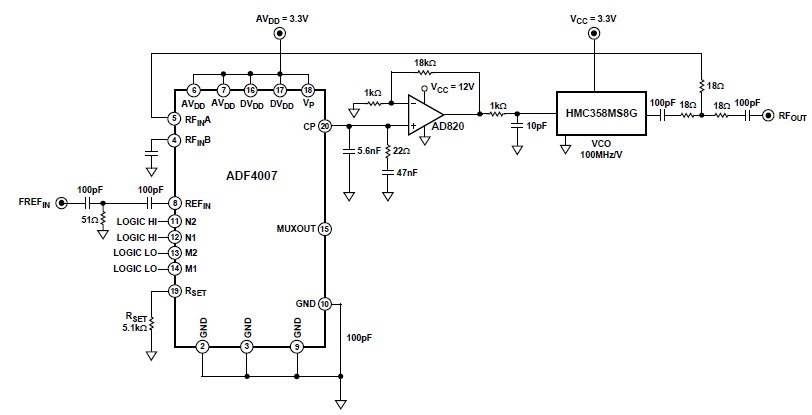
John Bedini Monopole Mechanical Oscillator
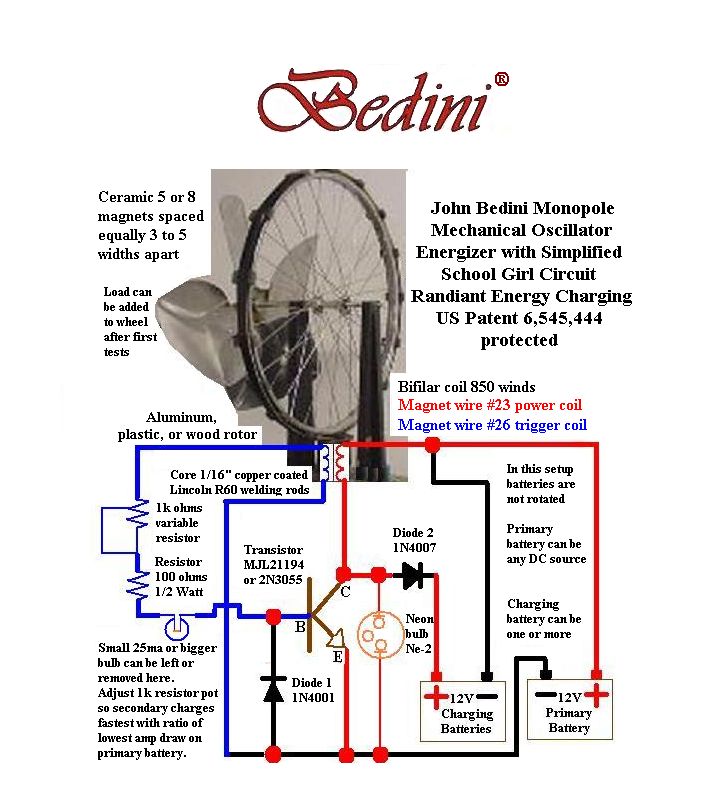
Rick Friedrich, a student of Bedini, demonstrates his setup and results, asserting that by transferring charge from one battery to another using a motor system, this configuration can achieve a net energy gain by harvesting energy from the environment.
The described setup involves a motor system designed to facilitate the transfer of electrical charge between two batteries. This system is based on the principles of energy conversion and electromagnetic induction. The motor operates by converting electrical energy into mechanical energy to drive a rotor, which is linked to the charge transfer process.
In this configuration, one battery serves as the source of energy while the second battery acts as the destination for the transferred charge. The motor's operation is initiated by the energy from the source battery, which powers the motor to create motion. As the rotor spins, it generates a magnetic field that interacts with coils arranged strategically around it, inducing a voltage in the coils through electromagnetic induction.
The key aspect of this setup is the claim of achieving a net energy gain. This is postulated to occur due to the system's ability to harness additional energy from the surrounding environment, possibly through mechanisms such as ambient electromagnetic fields or other forms of energy harvesting. It is essential to note that the concept of net energy gain must be approached with caution, as it challenges the established laws of thermodynamics, particularly the conservation of energy.
The efficiency of the setup can be analyzed by measuring the energy input from the source battery against the energy output received by the destination battery. Various factors, including the motor's efficiency, the quality of the connections, and the environmental conditions, can significantly influence the results.
Overall, this motor system represents an experimental approach to exploring alternative energy solutions, with implications for renewable energy technologies and energy efficiency improvements. Further research and rigorous testing would be required to validate the claims of energy gain and to understand the underlying mechanisms at play in such a system.Bedini student, Rick Friedrich, presents his set-up and results, claiming that in the process of moving charge from one battery to another through the motor system, that this system can achieve a net energy gain, harvesting energy from the environment.. 🔗 External reference
The described setup involves a motor system designed to facilitate the transfer of electrical charge between two batteries. This system is based on the principles of energy conversion and electromagnetic induction. The motor operates by converting electrical energy into mechanical energy to drive a rotor, which is linked to the charge transfer process.
In this configuration, one battery serves as the source of energy while the second battery acts as the destination for the transferred charge. The motor's operation is initiated by the energy from the source battery, which powers the motor to create motion. As the rotor spins, it generates a magnetic field that interacts with coils arranged strategically around it, inducing a voltage in the coils through electromagnetic induction.
The key aspect of this setup is the claim of achieving a net energy gain. This is postulated to occur due to the system's ability to harness additional energy from the surrounding environment, possibly through mechanisms such as ambient electromagnetic fields or other forms of energy harvesting. It is essential to note that the concept of net energy gain must be approached with caution, as it challenges the established laws of thermodynamics, particularly the conservation of energy.
The efficiency of the setup can be analyzed by measuring the energy input from the source battery against the energy output received by the destination battery. Various factors, including the motor's efficiency, the quality of the connections, and the environmental conditions, can significantly influence the results.
Overall, this motor system represents an experimental approach to exploring alternative energy solutions, with implications for renewable energy technologies and energy efficiency improvements. Further research and rigorous testing would be required to validate the claims of energy gain and to understand the underlying mechanisms at play in such a system.Bedini student, Rick Friedrich, presents his set-up and results, claiming that in the process of moving charge from one battery to another through the motor system, that this system can achieve a net energy gain, harvesting energy from the environment.. 🔗 External reference
